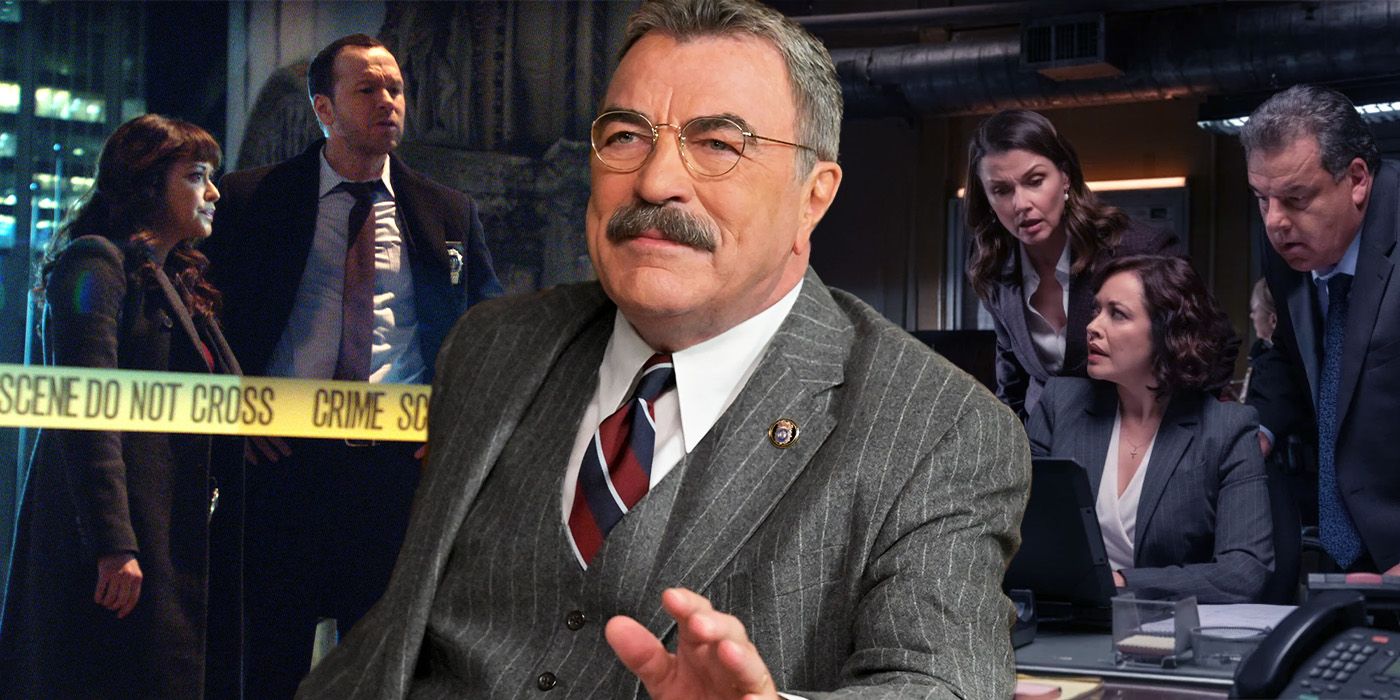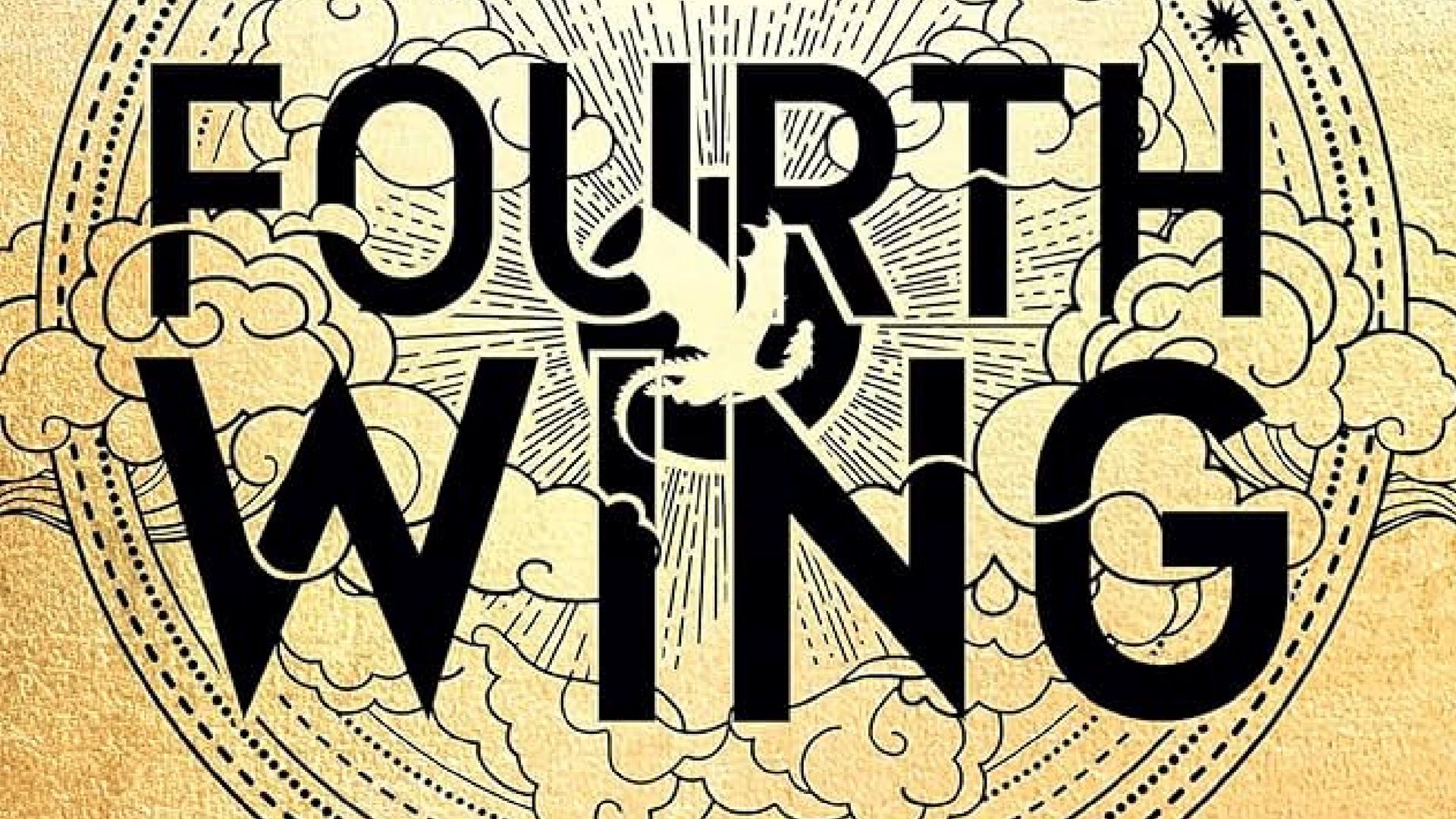In 1974, Jonathan Rosenbaum complained that most writing about the legendary Austrian film director and actor Erich von Stroheim got caught up in legends, in the fiction surrounding the teutonic magpie. No one seemed capable of writing about his movies as works of visual art. Of course, and Rosenbaum concedes as much, this is tough because Stroheim was bigger than life, and he made sure everyone knew it.
Young Erich Oswald Stroheim got off a boat to America after fleeing from a dispiriting stint in German military service, changed his name to Erich Oswald Hans Carl Maria von Stroheim und Nordenwall, and introduced himself as a Count, a son of the aristocracy. Nevertheless he worked menial labor jobs in the heartland before making his way to Hollywood, where he worked his way up from stuntman and assistant to the biggest director and star in the world. It all came crashing down because he tortured everyone while directing, wasted millions of studio money, and refused to make movies less than a full night long. He lied to every reporter he ever talked to, and there were many, to the point that most of his obituaries were running on old half-truths and got crucial details about his life wrong. He spoke with a variety of accents by which everyone who heard it was confused, each believing it betrayed a different region, class, and history.
Stroheim was like the negative image of Charlie Chaplin, a count with no court, and the image of him that survives is as much of the depressive butler hiding behind history with Gloria Swanson in Billy Wilder’s “Sunset Boulevard,” or the iron jawed idealist running the POW camp in Jean Renoir’s “Grand Illusion.” Just as he used association with D.W. Griffith to his advantage, he was one of the first totems of cinephilia collected by eager young directors desperate to bask in the glow of the image of his twisted genius, a precursor to Peter Bogdanovich’s relationship to Orson Welles, Wim Wenders to Nicholas Ray, and Bogdanovich’s own relationship to Wes Anderson and Noah Baumbach.
For awhile, in very different times, Erich von Stroheim was a household name in America. I learned about him in an episode of “Mystery Science Theater 3000,” in which a shot of dozens of cans of pornography in Ed Wood’s “The Sinister Urge” is met with the remark “Ah, it’s Erich von Stroheim’s ‘Greed.'” I looked it up and discovered the fabled lost masterpiece of American cinema, a ten-hour western melodrama only ever watched by the director and his friend Rex Ingram before they cut it down to the four-and-a-half-hour cut studios rejected. He was barred from the editing room and the two-and-a-half-hour cut they came out with is the only version that survives. Stroheim’s career never recovered. And just a few short years before he was on top of the world. He worked as an actor in propaganda films, playing stark raving German maniacs to help sway public opinion during the First World War, which placed him in the good graces of Universal head Carl Laemmle. Laemmle agreed to let him direct his first feature, which also happened to star a rising young actor named Erich von Stroheim, based on a book no one seemed able to track down by a brilliant author named Erich von Stroheim. It was a hit. The Kanye West of the 1920s had arrived.
You can view the original article HERE.
















.jpg)










:quality(85):upscale()/2025/04/17/966/n/1922564/69dc205568017c7cad79f2.40744747_.png)

